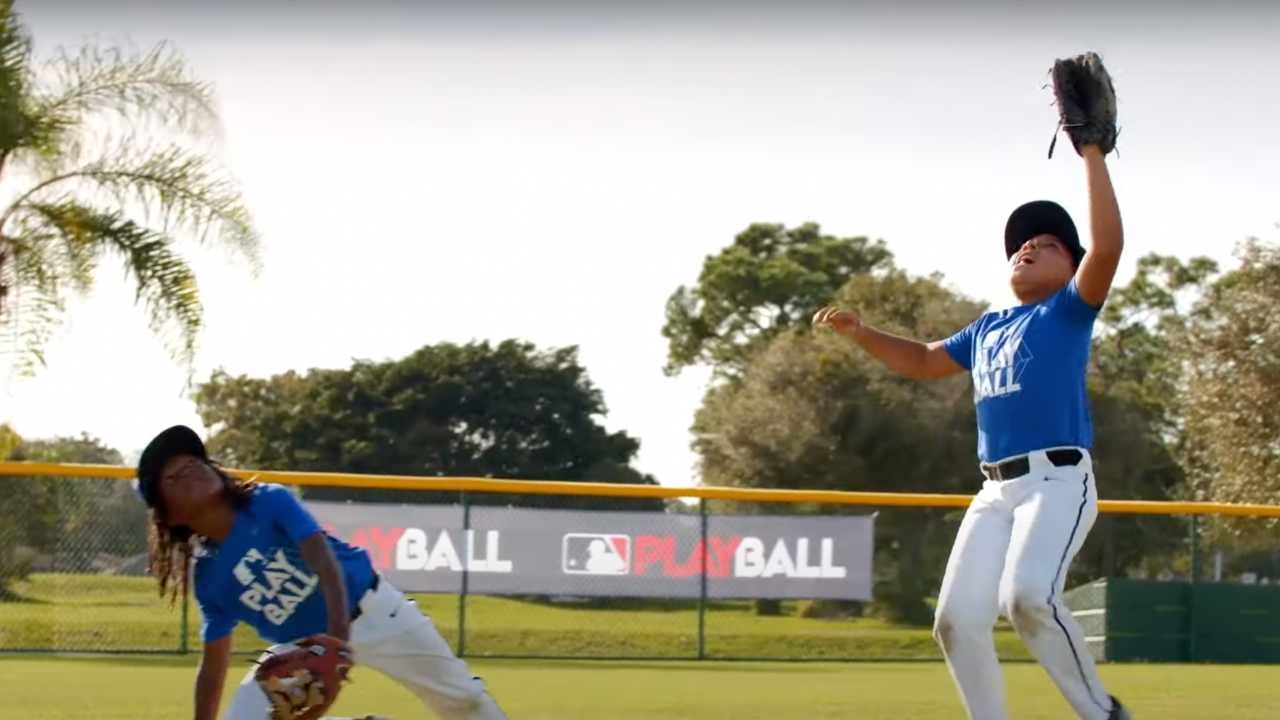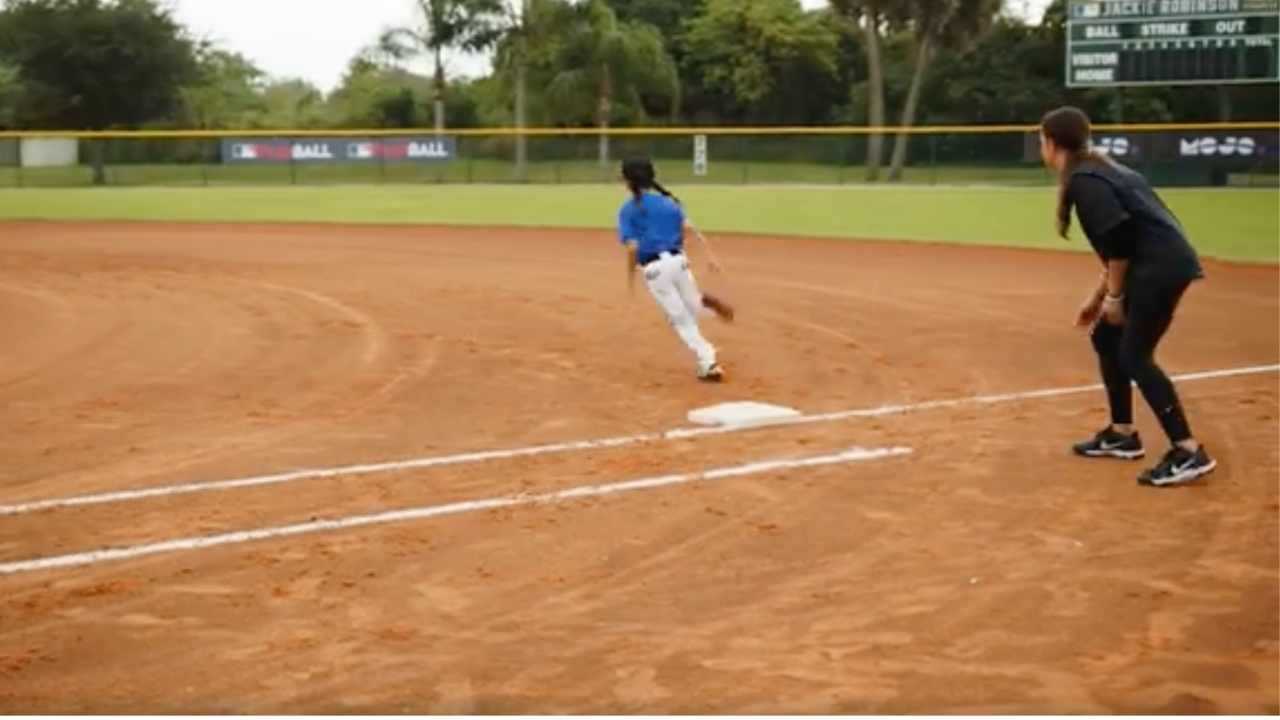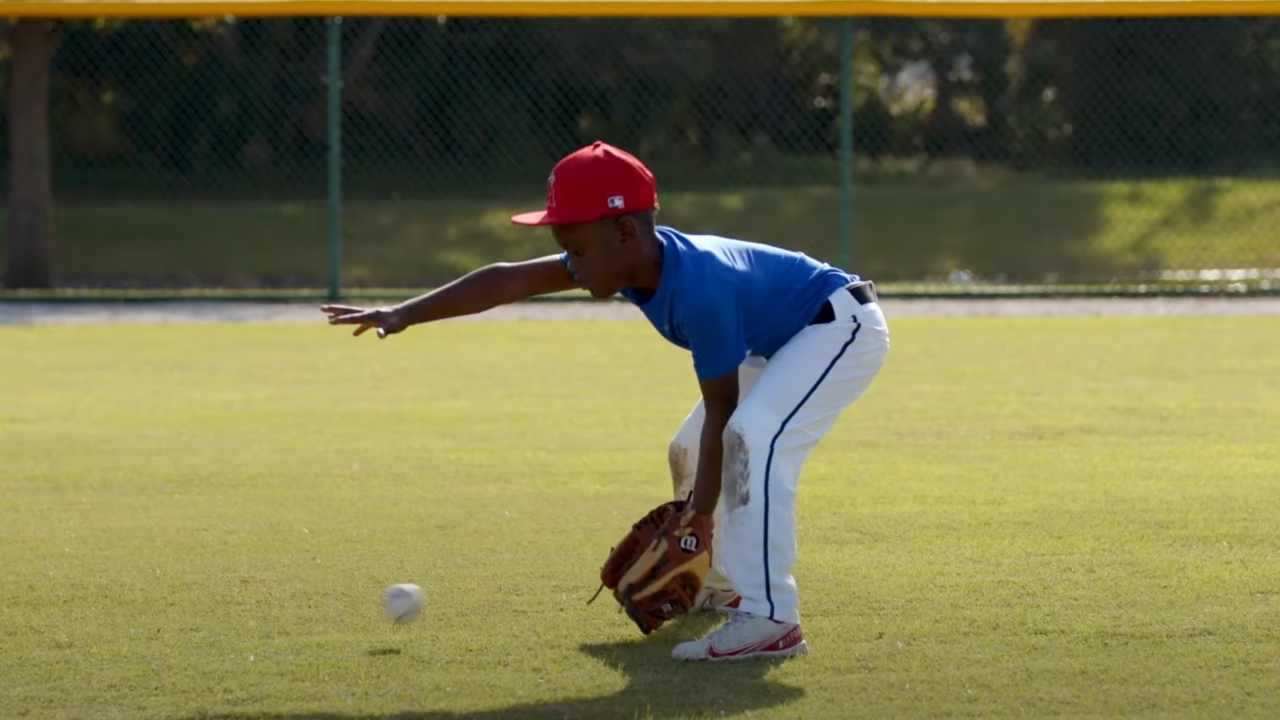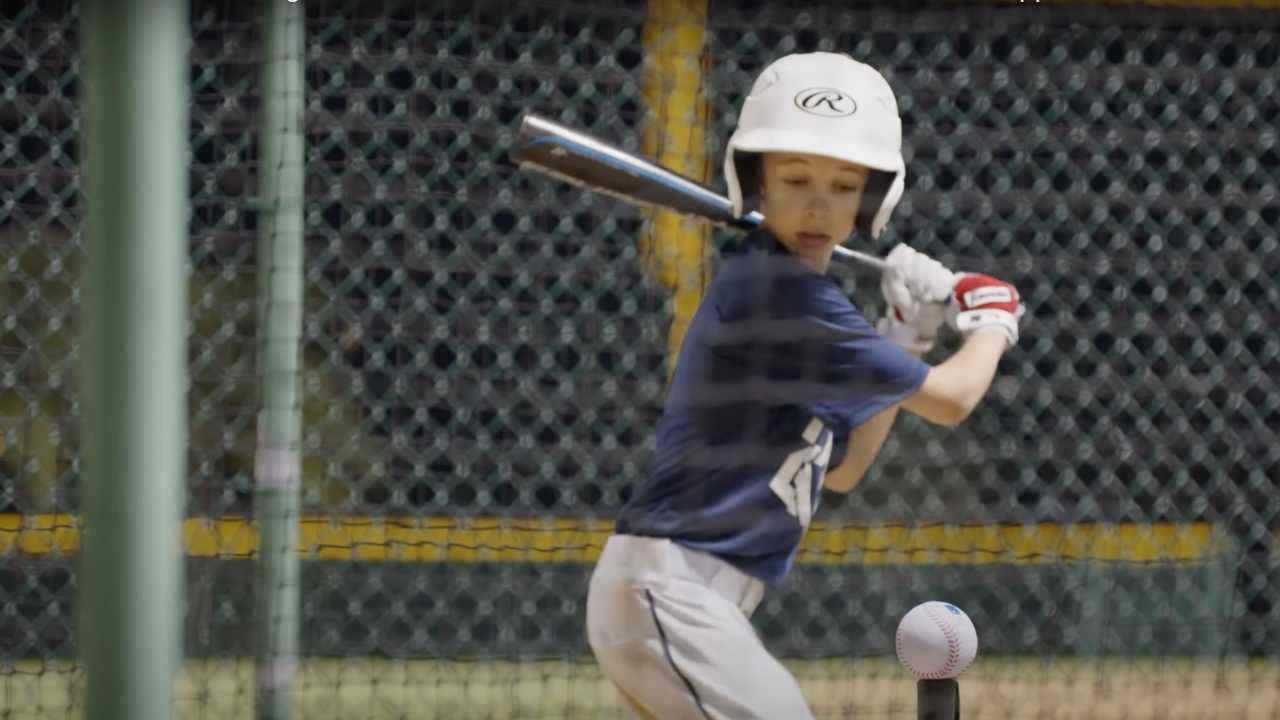Introducing: The Pop Up
Drop-step, crossover, GO
Sue Pierce
| 4 min read

Ah, the pop up. When everyone in the stands holds their collective breath until the ball is firmly in the fielder’s glove — or on the ground. A pop up can be an easy out or a heartbreaking drop.
At the tee ball level, most players are still learning how to simply receive a ball. Catching a pop fly is definitely next level. That said, teaching the right footwork is the foundation on which the skill is built. The earlier you start the sooner it becomes second nature, says Dan Keller, baseball coach and founder of Dugout Captain.
The three keywords
The three keywords are: drop-step, crossover, go. As soon as a ball is hit, a fielder should step back in the direction of the fly ball. This is the drop-step. Using their own nose as center, they step back with the right foot (if the ball is on the right side of their face) or with the left foot (for balls on the left side).
“Now the player is in a position to be able to cover ground and keep the ball from going over their head,” says Keller.
All eyes should be on the ball. After the drop-step, a player needs to read the direction and speed of the ball. It’s always better to have a ball drop in front of a player than for it to fly over them.
If a player needs to go further back, the second step is a crossover – front leg stepping across the drop-step leg.
The third step is the “Go!” as the player chases the ball.
Work one-on-one
No surprise here — the best way to practice catching fly balls is to catch fly balls. Coaches can toss balls and help players get their footwork down.
In the beginning, it helps to work with players one at a time. If a coach raises their right arm, the player drop-steps with the right foot. A left arm raise signals a left foot drop-step. Pause. Then the player takes a crossover step. Pause again. Breaking down the footwork gives players the opportunity to get a feel of each step.
Finish up by tossing the ball over the player’s shoulder while the player goes for the catch. A coach can adjust the difficulty based on the player’s skill level by increasing the pace and height of the toss. “As you watch them execute faster and faster, make sure they keep the footwork real clean and simple,” says Keller.
One or two?
You’ll often hear coaches shouting “two hands” when players are about to catch a popup. That’s not always the right advice.
“I love the rule that if you’re stationary, if you’re camped underneath a pop fly, then catch it with two hands,” says Keller. But be careful with that second hand, he warns. If it’s behind the glove pocket, it might push the ball out.
Keller recommends teaching players a “catch and clasp” motion. Once the ball is in the glove, the player’s non-glove hand secures the ball in the glove with a squeeze in front.
If a player is on the run after a pop fly, however, a two-handed catch is not going to work. “If you’re running, you have one hand up, and the other hand is still pumping in a rhythmic running motion,” says Keller. Players on the move are better off making an athletic, one-handed catch.
Reward aggression
Pop ups give coaches the opportunity to truly celebrate effort. It’s not an easy thing to track a ball that’s flying through the air.
“We take for granted our ability to recognize pace and angle,” says Keller. When a player makes an aggressive effort and the ball ends up over their head, the win is the hustle.
As Keller likes to say, “You didn’t lose, you learned.”
Dan Keller is part of MOJO’s Partnerships & Strategy team.




